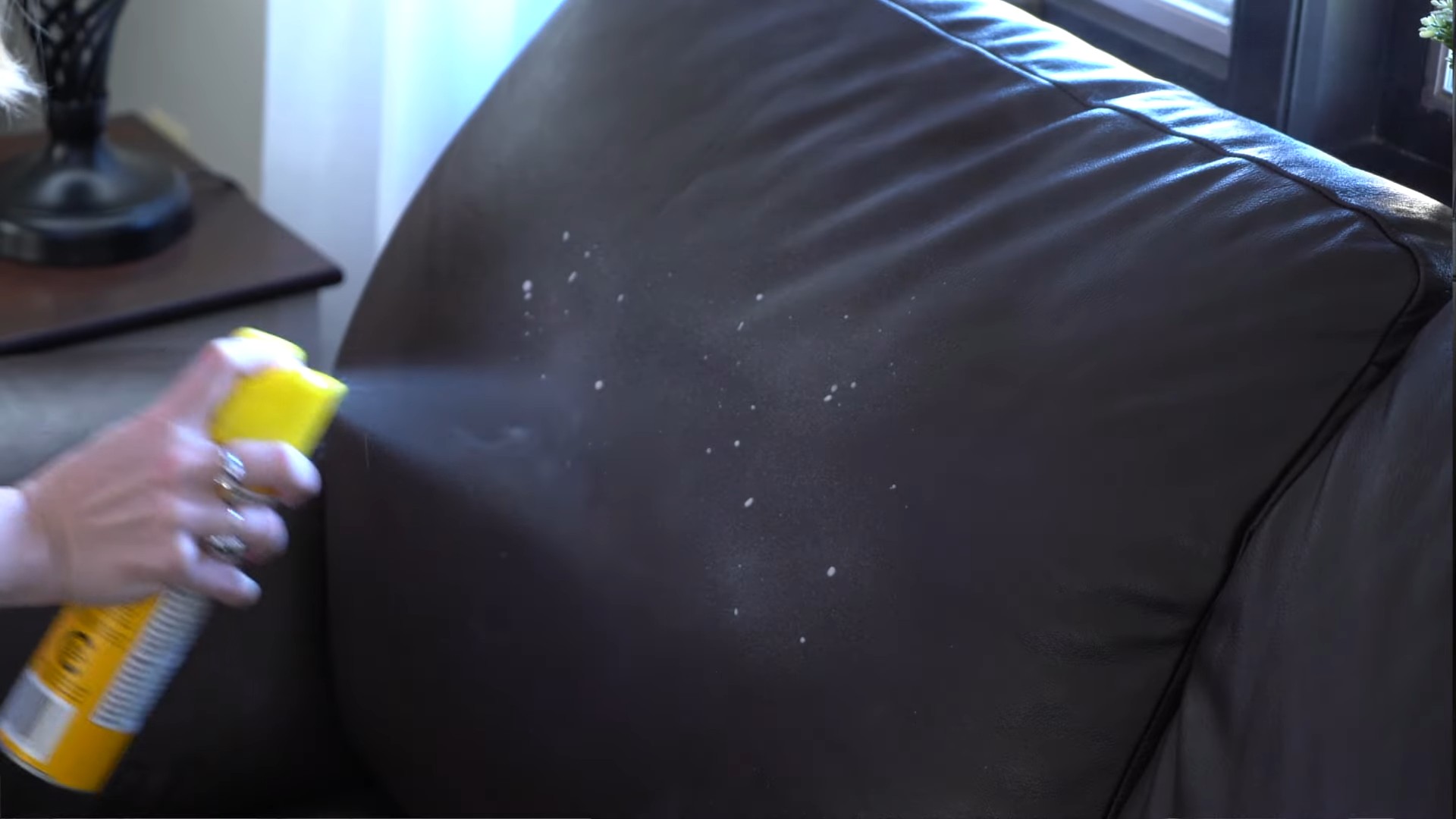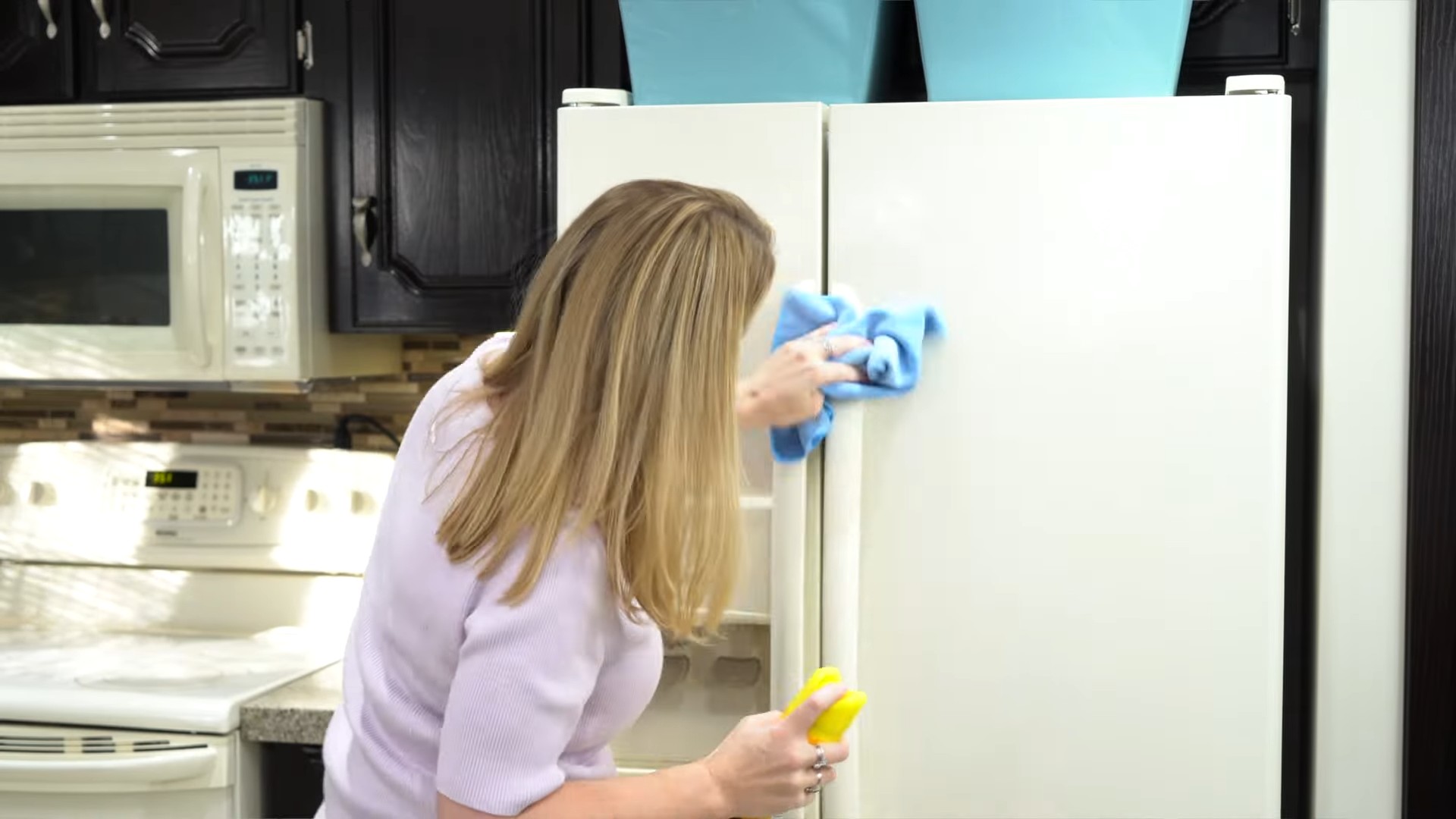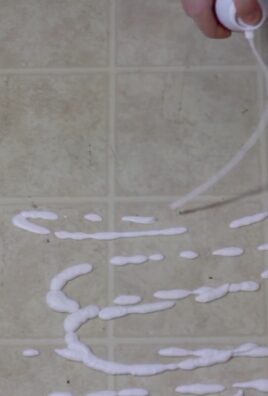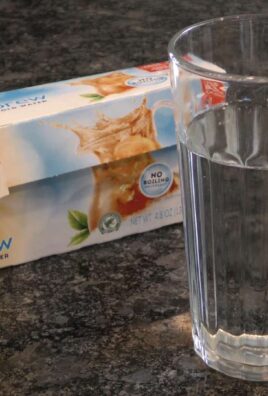DIY Furniture Polish: Shine Bright Without the Store-Bought Stuff!
I’ve always loved the warm glow of beautifully polished wood furniture, but let’s be honest, those store-bought polishes can be expensive and sometimes contain harsh chemicals. That’s why I’m so excited to share my favorite DIY furniture polish recipes with you today! This isn’t just about saving a few bucks; it’s about creating a healthier home environment and rediscovering the simple satisfaction of making something yourself.
The art of furniture care has a rich history, stretching back centuries. Think of the meticulous craftsmanship of antique furniture, lovingly maintained through generations with homemade concoctions passed down through families. These weren’t just about aesthetics; they were about preserving valuable heirlooms and creating a sense of connection to the past. Today, we can tap into that same tradition, creating our own DIY furniture polish that’s both effective and environmentally friendly.
Why bother with a DIY approach when you can easily buy polish at the store? Well, for starters, you’ll have complete control over the ingredients. You can avoid harsh chemicals, artificial fragrances, and potentially harmful additives found in many commercial products. Plus, making your own DIY furniture polish is incredibly cost-effective, allowing you to keep your furniture looking its best without breaking the bank. And let’s not forget the sheer satisfaction of knowing you created something beautiful and functional with your own two hands!
Ready to get started? Let’s dive into some amazing recipes!

Making Your Own Furniture Polish: A Simple DIY Guide
I’ve always loved the smell of freshly polished furniture, but store-bought polishes can be expensive and often contain harsh chemicals. That’s why I started making my own! It’s super easy, much cheaper, and you can customize it to your liking. Here’s how I do it:
Gathering Your Supplies
- Olive oil: I prefer extra virgin for its richer scent and properties.
- Lemon juice: Freshly squeezed is best, but bottled works in a pinch.
- Essential oil (optional): This is where you can get creative! Lavender, lemon, or orange are all great choices for a pleasant scent. A few drops go a long way.
- Spray bottle: A clean, empty spray bottle is perfect for easy application.
- Soft cloths: Microfiber cloths are ideal, but any soft, lint-free cloth will work.
Mixing Your Polish
- Measure your ingredients: I usually start with a 2:1 ratio of olive oil to lemon juice. For example, 2 tablespoons of olive oil and 1 tablespoon of lemon juice. You can adjust this ratio to your preference. If you’re using essential oil, start with just a few drops and add more if needed.
- Combine the ingredients: In your spray bottle, add the olive oil and lemon juice. If using essential oil, add it now as well.
- Shake well: Close the lid tightly and shake the bottle vigorously to thoroughly mix the ingredients. You want a nice, even emulsion.
Testing Your Polish
- Choose a test area: Before applying the polish to your entire piece of furniture, test it on a small, inconspicuous area. This will help you check for any adverse reactions or discoloration.
- Apply a small amount: Spray a tiny amount of the polish onto your test area.
- Buff gently: Use a soft cloth to gently buff the area. Don’t rub too hard, as this could damage the finish.
- Observe the results: Check the area after a few minutes to see if you’re happy with the shine and the overall effect. If you’re not satisfied, you can adjust the ratio of ingredients in your next batch.
Polishing Your Furniture
- Dust the surface: Before you start polishing, make sure to dust your furniture thoroughly. A clean surface will give you the best results.
- Apply the polish: Spray a small amount of your homemade polish onto a clean cloth, not directly onto the furniture. A little goes a long way!
- Work in sections: Polish your furniture in small sections, working in the direction of the wood grain. This will help prevent streaks.
- Buff to a shine: Use a clean, dry cloth to buff the polished area until it shines. Again, don’t rub too hard.
- Repeat as needed: Continue polishing your furniture in sections until the entire piece is complete.
Tips for Success
- Avoid over-polishing: Too much polish can leave a sticky residue. Less is more!
- Use a different cloth for each section: This will prevent spreading dust or dirt.
- Test on different wood types: Some wood types may react differently to the polish. Always test a small area first.
- Store properly: Keep your homemade furniture polish in a cool, dark place to extend its shelf life. It should last for several months.
- Experiment with essential oils: Try different essential oils to find your favorite scent. A few drops of tea tree oil can even add a touch of natural cleaning power.
Troubleshooting
Streaks or uneven shine:
This is often caused by applying too much polish or not buffing sufficiently. Try using less polish and buffing more thoroughly.
Sticky residue:
This indicates you’ve used too much oil. Try reducing the amount of olive oil in your next batch.
Dull finish:
This could be due to a build-up of old polish or wax. Try cleaning the furniture thoroughly with a mild soap and water solution before applying your homemade polish.
Important Note:
Always test your polish on a hidden area first to ensure it doesn’t damage your furniture. This DIY polish is best suited for wood furniture with a protective finish. Avoid using it on delicate or antique pieces.
Variations
Feel free to experiment! You can substitute other oils like jojoba or almond oil for the olive oil. You can also add a few drops of vinegar for extra cleaning power (but test this on a small area first!).

Conclusion
So there you have it – a simple, effective, and surprisingly affordable DIY furniture polish recipe that will leave your wooden furniture gleaming. This isn’t just about saving money; it’s about taking control of what you use in your home, avoiding harsh chemicals, and achieving a professional-looking finish with ingredients you likely already have in your pantry. The satisfying shine you get from this homemade polish is unmatched, and the subtle, natural scent is a welcome change from the overpowering fragrances of commercial products. This DIY trick is a must-try for anyone who wants to pamper their furniture and create a healthier home environment. The ease of preparation and the impressive results make it a true winner.
Beyond the basic recipe, the possibilities for customization are endless. Experiment with different essential oils to create your own signature scent. A few drops of lemon essential oil will add a fresh, citrusy aroma, while lavender will impart a calming, relaxing fragrance. For darker woods, consider adding a touch of beeswax for a richer, more protective polish. If you find your mixture too thick, simply add a little more olive oil to achieve the desired consistency. Conversely, if it’s too thin, let it sit for a while to allow the ingredients to blend and thicken naturally. Don’t be afraid to get creative and tailor the recipe to your specific needs and preferences. The beauty of this DIY furniture polish is its adaptability.
We strongly encourage you to try this recipe and experience the difference for yourself. Share your results with us! We’d love to see photos of your beautifully polished furniture and hear about your experiences with this simple yet effective DIY project. Tag us on social media and let us know what essential oils you used, or any variations you experimented with. Your feedback will inspire others and help us build a community of DIY enthusiasts who are passionate about creating a beautiful and healthy home. Remember, this isn’t just about cleaning; it’s about nurturing your furniture and creating a space you truly love. So grab your ingredients, get polishing, and let the shine begin!
This DIY furniture polish is a testament to the power of simple solutions. It’s a sustainable, cost-effective, and environmentally friendly alternative to commercial products, allowing you to care for your cherished furniture while minimizing your environmental impact. The satisfaction of creating something useful and beautiful with your own hands is an added bonus. So, what are you waiting for? Give it a try and rediscover the joy of simple, effective DIY solutions.
Frequently Asked Questions
What types of wood are suitable for this DIY furniture polish?
This DIY furniture polish works well on most types of wood, including hardwood floors, wooden furniture (tables, chairs, desks), and even wooden cutting boards. However, always test a small, inconspicuous area first to ensure it doesn’t damage or discolor the finish. Avoid using it on highly delicate or antique pieces without consulting a professional furniture restorer.
How often should I use this furniture polish?
The frequency of use depends on the type of wood and how often the furniture is used. For everyday furniture, applying the polish every few weeks or monthly should suffice. For less frequently used pieces, you might only need to polish them every few months. Always dust the furniture before applying the polish for best results.
Can I use other oils besides olive oil?
While olive oil is a great base for this polish due to its moisturizing properties, you can experiment with other oils like jojoba oil or almond oil. However, avoid using oils that might leave a sticky residue or have a strong odor that you don’t want to linger on your furniture. Always test a small area first before applying to the entire piece.
What if my furniture polish is too thick or too thin?
If your polish is too thick, add a small amount of olive oil (or your chosen oil) to thin it out. If it’s too thin, let it sit for a while to allow the ingredients to blend and thicken naturally. You can also add a tiny amount of beeswax to thicken the consistency.
Can I store leftover polish?
Yes, you can store leftover polish in an airtight container in a cool, dark place. It should last for several weeks, or even months, depending on the ingredients used. Always check for any signs of spoilage or rancidity before using it again.
Are there any safety precautions I should take?
Always test a small, inconspicuous area first before applying the polish to the entire piece of furniture. Avoid getting the polish in your eyes, and wash your hands thoroughly after use. If you have any allergies or sensitivities to the ingredients, it’s best to consult with a doctor before using this DIY furniture polish.
What if my furniture has a varnish or lacquer finish?
This polish is generally safe for furniture with a varnish or lacquer finish, but always test a small, inconspicuous area first. Some finishes may react differently to the oils, so it’s crucial to proceed with caution. If you’re unsure, it’s best to consult a professional furniture restorer.
Can I add color to the polish?
While this recipe focuses on a clear polish, you could potentially add a very small amount of natural food coloring to achieve a subtle tint. However, this is not recommended for most furniture, as it could stain the wood. It’s best to stick to the clear polish for most applications.
Where can I find the ingredients for this DIY furniture polish?
Most of the ingredients for this recipe – olive oil, lemon juice, and white vinegar – are readily available at your local grocery store. Essential oils can be found at health food stores, pharmacies, or online retailers.
Is this DIY furniture polish eco-friendly?
Yes! This DIY furniture polish is a much more eco-friendly alternative to commercially produced polishes, which often contain harsh chemicals and synthetic fragrances. By using natural ingredients, you’re minimizing your environmental impact and creating a healthier home environment.




Leave a Comment